If you specialise in supply chain Logistics & Operations Management solutions we want to hear from you!
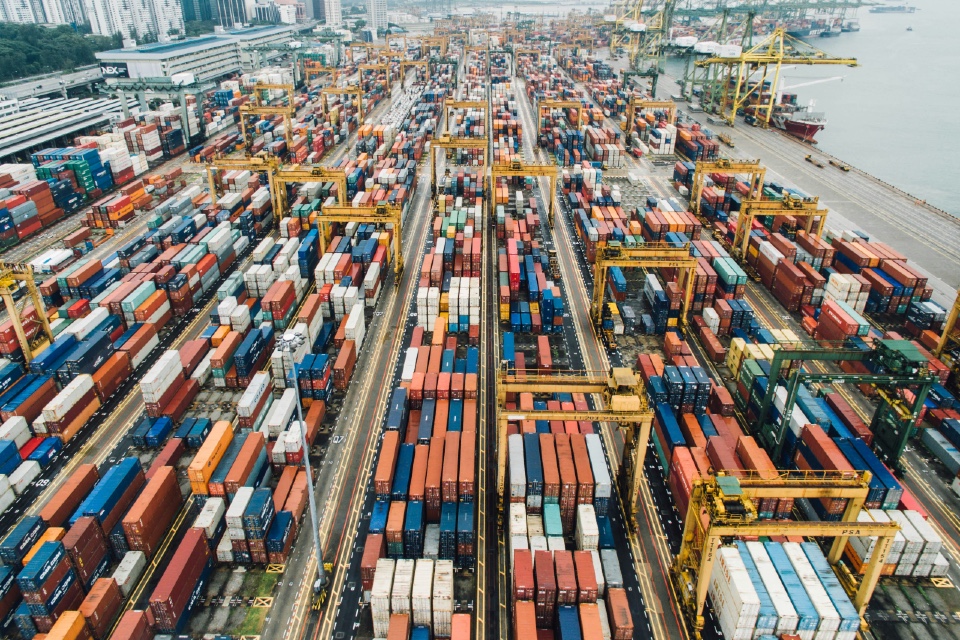
Each month on Supply Chain Briefing we’ll be shining the spotlight on a different part of the logistics market – and in August we’ll be focussing on Logistics & Operations Management Solutions. It’s all part of our ‘Recommended’ editorial feature, designed to help supply chain industry buyers find the best products and services available today. So, if […]
TRANSPORT PLANNING MONTH: Navigating the challenges of peak season logistics

As the holiday shopping season rapidly approaches, shippers and carriers are yet again gearing up to tackle the formidable logistical and customer service challenges that inevitably come with peak season volumes. However, this year, their task is further complicated by ongoing supply chain disruptions all while grappling with the increasing uncertainty based on the geopolitical […]
INDUSTRY SPOTLIGHT: Staci – Multichannel logistics powered by experts

Staci provides UK and global multichannel logistics services to some of the worlds best loved and fastest growing brands and retailers. With 78 fulfilment centres across UK, US, Europe and Asia, Staci offers eCommerce fulfilment, multichannel logistics and spare parts fulfilment. Staci’s strengths of flexibility and expertise creates custom built logistics solutions for every client, […]
Data, data everywhere: The future of AI in logistics transportation

Most shippers, carriers and logistics service providers understand the importance of data collection and data-driven decision-making. Data collected over time provides intelligence, enabling companies to enhance long-term decision-making. Meanwhile, real-time data can be used to make smart split-second decisions – like how to correct or replan when problems occur. Artificial intelligence is a potent tool […]
Volatile transport costs impacting logistics throughout August
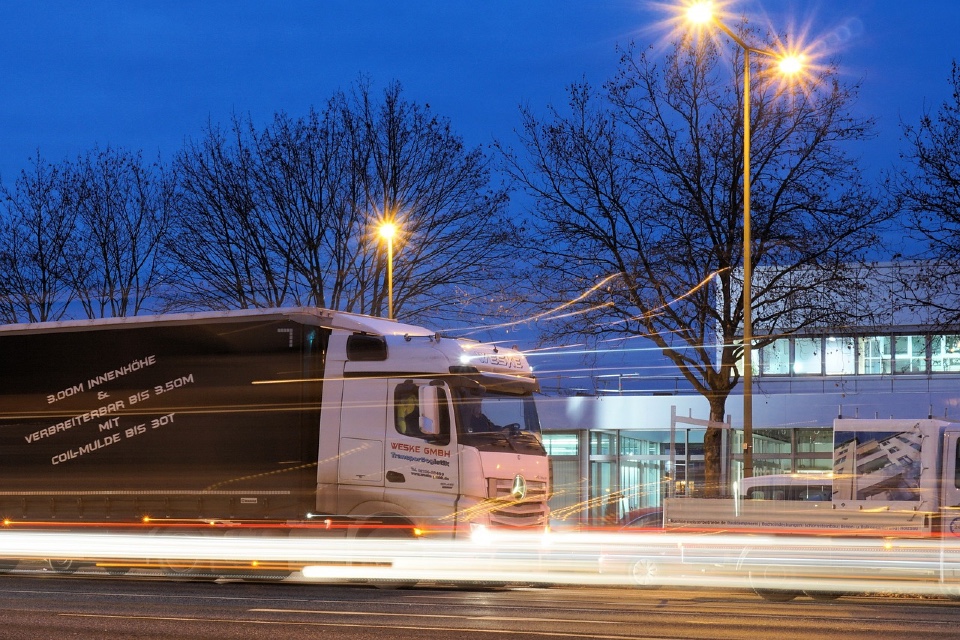
Data from the TEG Road Transport Price Index reveals that road transport prices fell 2.13% during July, with haulage prices dropping just under 4%. However, prices have been relatively stable so far this year, marching slowly upwards since February. The combined haulage and courier index had risen by less than 8 points up to July. […]
Mammoet trumpets electrified heavy transport
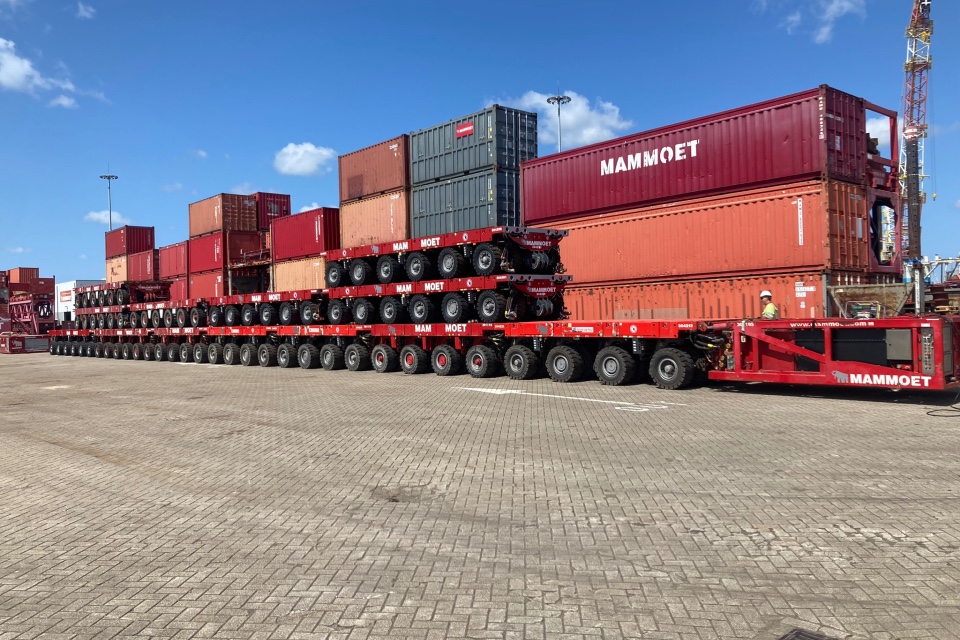
A new zero emission heavy transport vehicle that can remove the carbon impact of installing large infrastructure such as bridges, wind turbines and power station components is being touted by its creator Mammoet. It works by converting existing Self-propelled Modular Transporters – or SPMTs – from diesel to electric power. SPMTs are the workhorse of […]
Road freight prices stable, despite inflationary pressures
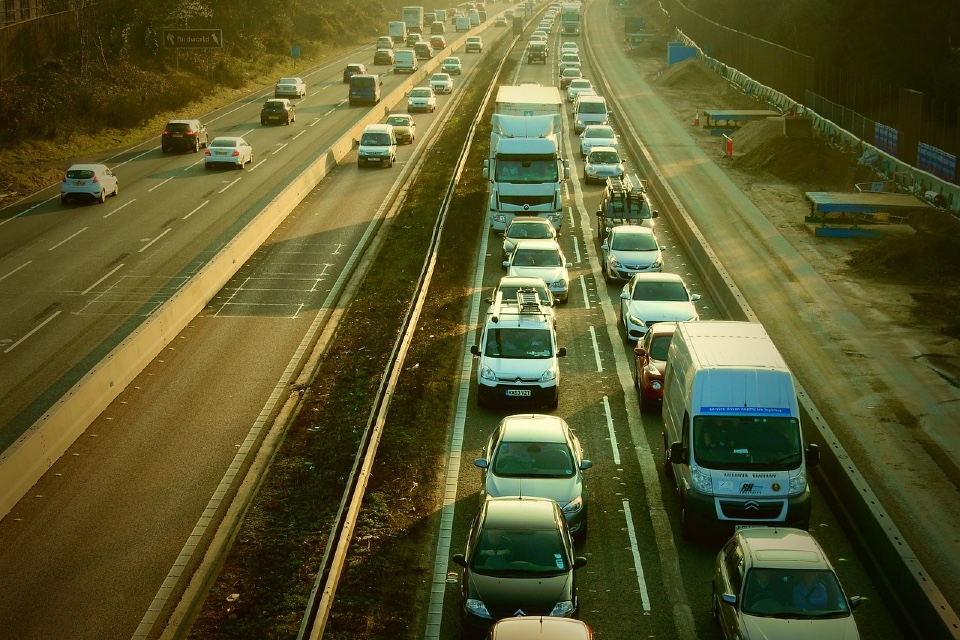
The latest data from the TEG Road Transport Price Index shows that year-on-year haulage and courier prices remain stable, despite inflation pushing prices up elsewhere. However, the reintroduction of the HGV levy and staff shortages on the horizon means that stability might not last long. The overall price-per-mile in June 2022 was 121.9 and is […]
Could the market for automated warehouse storage & retrieval systems hit $15bn by 2030?
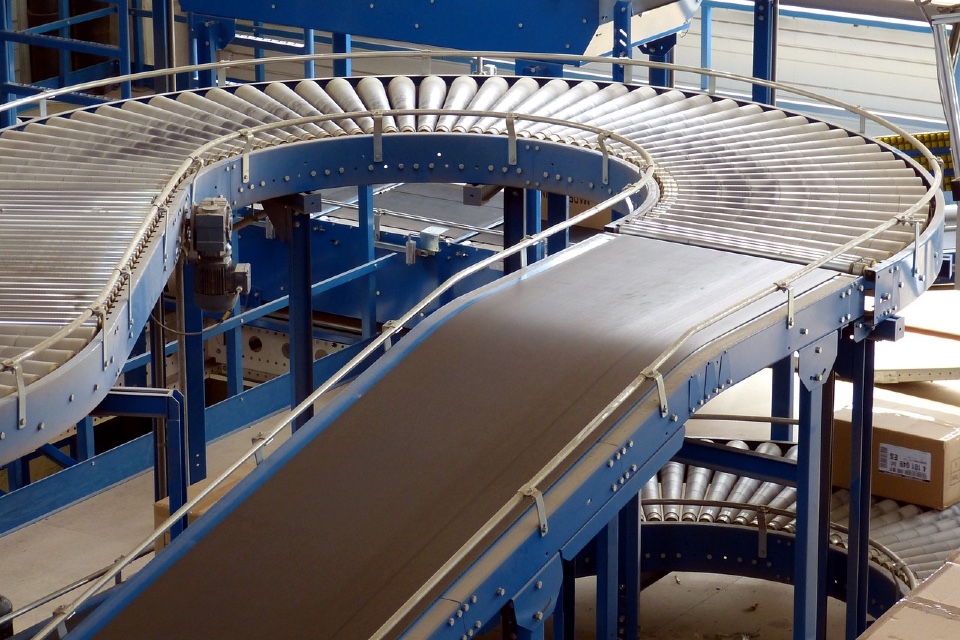
Investment in warehouse automation and management systems continues to rise as supply chains look to resolve exposed weaknesses and create greater resilience to macroeconomic headwinds. According to ABI Research, Automated Storage & Retrieval System (AS/RS) revenues are expected to surpass $15 billion globally by 2030, and Warehouse Management System (WMS) revenues are expected to exceed […]
Navigating the Future: Emerging trends in supply chain and logistics

As the backbone of global commerce, supply chain and logistics sectors are in a constant state of flux, shaped by technological advancements, economic shifts, and consumer behaviours. As we move further into the digital age, several key trends are emerging that promise to redefine these critical industries. Firstly, the rise of Artificial Intelligence (AI) and […]
The transformative impact of AI on the logistics and supply chain sectors

Artificial Intelligence (AI) is revolutionising industries worldwide, and its impact on the logistics and supply chain sectors cannot be overstated. From streamlining operations to enhancing efficiency, AI-powered technologies are transforming how goods are transported, stored, and delivered. This article explores the ways in which AI is impacting the logistics and supply chain sectors, revolutionising the […]

